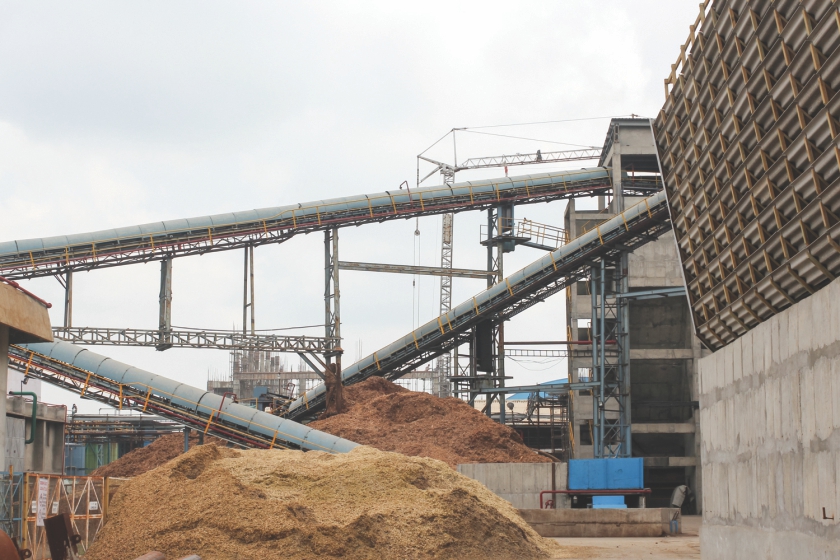Incorporated in 1980, Satia Industries is one of the leading fully integrated wood and agro-based paper manufacturers in India which was established by Dr. Ajay Satia, Chairman and Managing Director. With the humble beginning of 10 TPD production, the company now plans to enhance its production capacity from 300 TPD to 600 TPD by installing a paper machine supplied by Allimand.
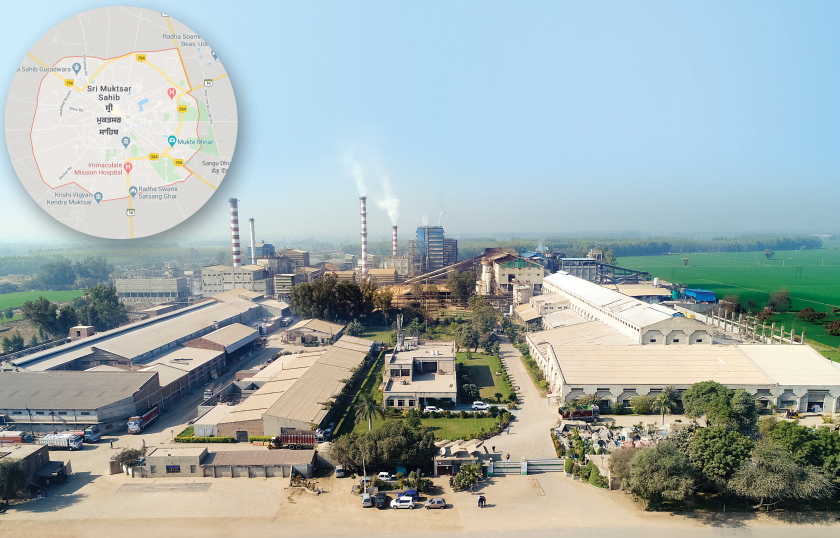
In an interview given to Paper Mart, Dr. Ajay Satia, Chairman & MD, and Mr. R. K. Bhandari, Joint Managing Director, Satia Industries Limited, talked about the company’s expansion plans and share how Satia is contributing towards sustainability and the bio-circular economy system.
Excerpts.
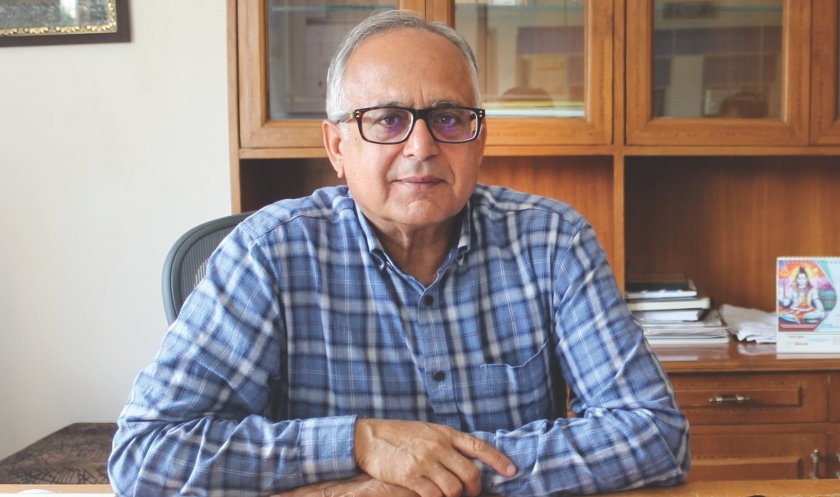
Paper Mart: How do you look at your paper business?
Ajay Satia: Satia Industries Limited is my dream child. I have closely seen each brick and each nail, so to say, that has gone into its growth. With the humble beginning of 10 tonnes/day production, the company now makes almost 400 tonnes/day. I look at this journey with joyful pride and satisfaction, and I hold all my workers and colleagues in high esteem for standing beside me through thick and thin on this path.
PM: What are your goals for the future?
AS: Though my three paper machines are giving excellent performance, I want to go for a brand-new state-of-the-art paper machine which is at par with the best in the Industry. SIL’s upcoming expansion owes its existence to this dream. COVID-19 has been a dampener for the industry, but I still want to go full steam for the implementation of this project – a 4-5 months’ delay in the completion of this project doesn’t matter much. We want to manufacture products that are as good in quality as the products manufactured by any A-grade mill in the industry.
“I look at this journey with joyful pride and satisfaction, and I hold all my workers and colleagues in high esteem for standing beside me through thick and thin on this path.”
– Ajay Satia
PM: Do you have a message for the stakeholders?
AS: I love nature. We should always be aware of our responsibilities to the society and the environment. We must grow sustainably, without exploiting our natural resources. The industry needs to attract well-groomed and skilled people. Also, the government must give a fiscal stimulus to the industry; it should not kill the industry by allowing duty-free imports.
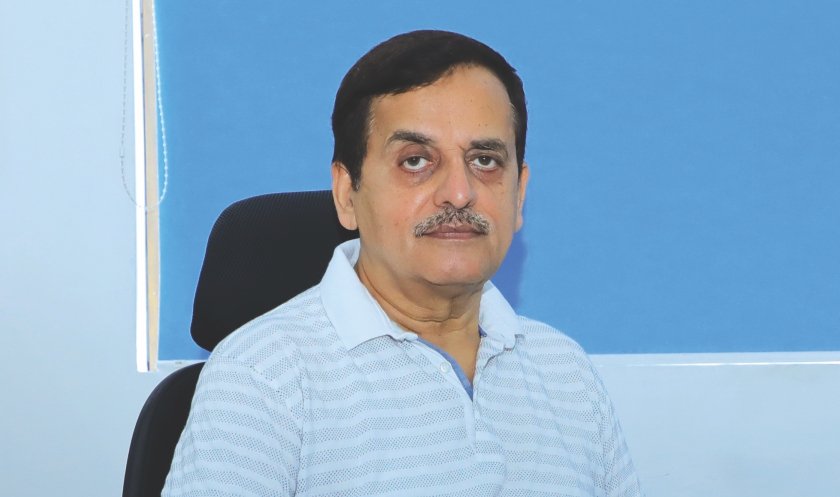
Paper Mart: Could you tell us a little bit about your company and infrastructure?
R. K. Bhandari: Satia Industries Limited was promoted by Dr. Ajay Satia based at Muktsar in Punjab with a capacity for producing 105000 MTPA. We manufacture all types of writing and printing paper using agricultural residues and wood pulp using oxygen delignification ECF bleaching technology in a fully integrated plant with 100 percent in-house power generation besides having efficient and effective effluent treatment and disposal system in over 550 acres of eucalyptus plantation. We have a strong marketing network with three sales offices at Jaipur, New Delhi and Chandigarh and a network of over 80 dealers in India and Agents for handling exports of our products in Nepal, Sri Lanka, the Middle East and some African countries and we plan to increase our footprints in new markets keeping in view our expansion plans.
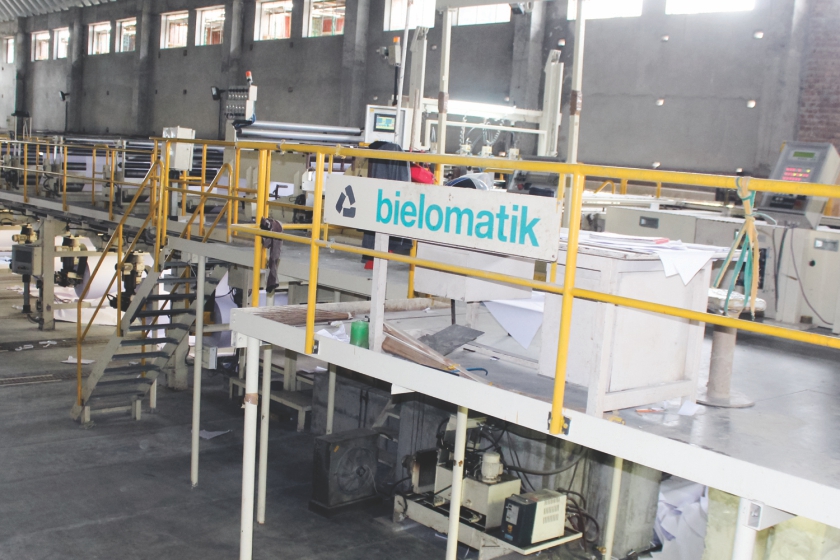
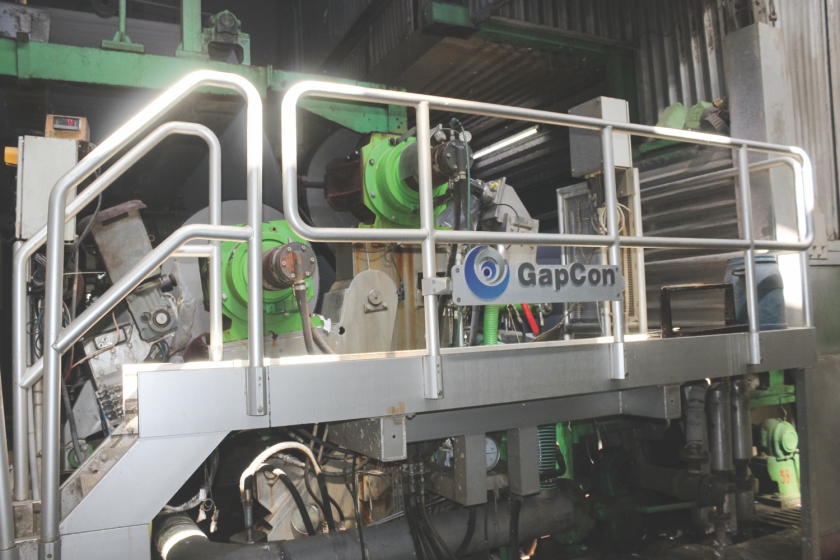
We have upgraded all three Paper Machines (MF) to increase their speed and capability to produce quality paper by adding new approach flow system, latest head box, extended wire part, press part, new steam condensate removal system, new soft calendar and online quality control system. In converting section, we have installed new Globe rewinder and Pasaban cutters for all three paper machines. The third machine has been upgraded to make surface-sized and photocopier paper by introducing film press in the machine along with online CD profile controller.
PM: Could you tell us about your product portfolio and market share?
RKB: We manufacture almost all grades of writing and printing paper such as Super Snow White, Snow White paper in cream wove, Maplitho, Copier, Colored Paper, Ledger Paper, Cartridge Paper, Duplicating Paper in GSM of range of 42 to 200 for use in text books, exercise and note books, directories, envelopes, diaries, calendars, computer stationery, and annual reports. Paper with water mark for textbooks supplied to Textbook boards occupy 40- 50 percent of our total production along with 160 to 180 GSM cover paper. We also make surface-sized paper for high-end printing in India and abroad. We also have the facility to make Chromo paper. Keeping in mind the recent ban on single-use plastic, we have also introduced 150 to 180 GSM paper for paper cup stock.
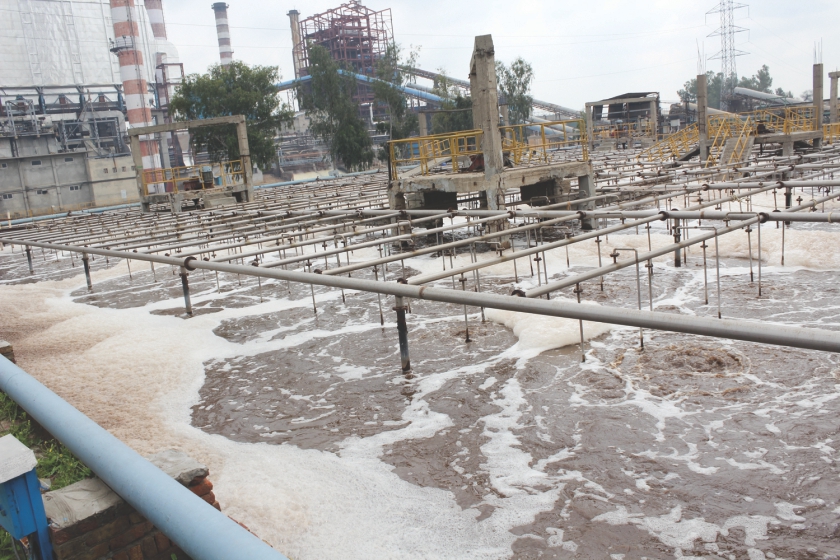

PM: Could you tell us about the recent developments that have taken place in your company? Are you planning to go for business expansion?
RKB: We have planned to go for expansion in production capacity from 300 TPD to 600 TPD and we have already got the environmental clearance (EC) from the Ministry of Environment and Forest, Govt of India, New Delhi by installing a new paper machine supplied by Allimand, France with a machine deckle of 3.25m and speed of 1000 MPM with top former, shoe press film press and soft calendar along with all other top of line fixtures like hood and on line QCS.
We are planning to increase our existing wood pulping capacity to 300 TPD and straw pulping capacity from the existing 200 to 250 TPD along with a deinked pulp line of 150 TPD to be supplied by ANDRITZ as standby capacity to meet any unforeseen eventuality in future. We are also putting up a new 14 MW cogeneration capacity, upgrading our ETP and Soda recovery plant capacity to meet the new requirement.
The total cost of the project is INR 400 crore which shall be met by internal accruals and Euro term loan of Rs. 110 crore from the European bank @ 2.4 percent and rest has been already sourced from the Indian banks. Civil construction has already been started and paper machine dispatches have begun and is likely to be completed by June 2020.
We have also signed an agreement with Minerals Technologies, (MTI) U.S.A. who will invest in building a 42,000 metric ton per year satellite precipitated calcium carbonate (PCC) plant at our paper mill in Muktsar. Thus by substituting PCC for lower performing ground calcium carbonate (GCC) and talc, our customers will get high opacity brighter quality printing paper and no dusting problem while printing and that too at a lower competitive cost.
PM: Could you tell us about your pulping capacity and the source of raw materials?
RKB: We have already explained that we have three sections in pulping. The first one is agro-based pulp made from sarkanda and wheat straw which is abundantly available in the region at a competitive price. Wood pulp is made using veneer waste, eucalyptus and poplar wood chips and bamboo and is sourced from Punjab and Haryana. We have standby capacity of making 80-ton pulp using imported hardwood & softwood pulp; imported and indigenous waste paper.
PM: Could you tell us about the utility setup of Satia Industries? How do you meet the power and water demand of the mill?
“I want to go for a brand-new state-of-the-art paper machine which is at par with the best in the Industry. SIL’s upcoming expansion owes its existence to this dream” – Ajay Satia
RKB: The total power consumption of our mill is anywhere between 4-5 lakhs units per day presently and the entire power is generated in-house in three double extraction cum condensing turbines using biomass as a fuel. This is an independent profit centre and we get income tax benefits too on this income.
As the ground water quality in this region is highly saline, it is not suitable for pulping and paper production and we have got sanction from the Irrigation deptt. of the state to draw water from nearby canal for our existing as well as future requirement and we have built a drain for the same.
PM: The paper industry has always been accused of deforestation and environmental damage. How does Satia Industries keep up with its sustainable operations and, at the same time, debunk the myths behind paper production?
RKB: This is just a myth as we cut no forest trees to make paper. Paper industry has been promoting forestry and helping farmers to use free/waste land for the same and generating a new source of income for them. Farmers in India usually burn the straw stubble in order to quickly clear the land for next crop causing severe air pollution. This is where paper mills are helping Indian farmers to collect and dispose of crop residue cleanly, earn and reduce pollution as well with sustainable growth.
We use rice husk as fuel in our boilers and no fossil fuel for steam production is used. For our new boiler, we plan to use rice straw and other biomass fuels like cotton sticks, mustard straw etc. Our mill has been always conscious of its environmental obligation and in recognition, we earned certified emission reductions (CERs) under the Kyoto Protocol Mechanism in 2000. We have also been awarded with verifiable emission reductions (VERs) in 2003. Two of our projects are registered under REC mechanism, where we get renewable energy credits (REC) every month which generate income of almost INR 10-12 crore every year. At Satia, we monitor our carbon footprints by conducting study thru special agencies to explore all means to reduce the same. Our tree plantation of over 550 acres also helps sequestering the same.
PM: Could you tell us more about your eucalyptus-plantation activities?
“The total cost of the project is INR 400 crore which shall be met by internal accruals and Euro term loan of Rs. 110 crore from the European bank and rest has been already sourced from the Indian banks.” – Ajay Satia
RKB: The entire plantation is done based on Karnal Technology. Karnal Technology involves growing trees on ridges that are 1m wide and 50cm high and disposing of the treated effluent in furrows. This technique utilizes the entire biomass as living filter for supplying nutrients to the soil and plant. Once the treated effluent passes through the furrows, it is consumed within 12-18 hours and it is possible to dispose of 0.3 to 1.0ML of effluent per day per hectare through this technique. Capacity to handle effluent quantity depends upon the age, type of plants, climatic conditions, soil texture and quality of effluents.
According to our water discharge requirement, we need 160-180 acres of plantation but we have done three times of the required plantation to enable us maintain the maturing and cutting cycle of five years.
PM: Is there anything else you would like to add?
RKB: The government needs to have a more positive outlook for the paper industry. The duty-free imports from ASEAN countries are harming the domestic industry a lot which does not have similar operating conditions and we face disparity in the price of the raw material, power rates and financial costs especially. When we import chemicals like sodium chlorate, GCC etc., we have to pay duty up to 10-12 percent.
